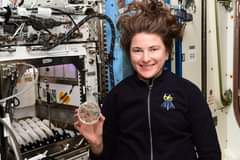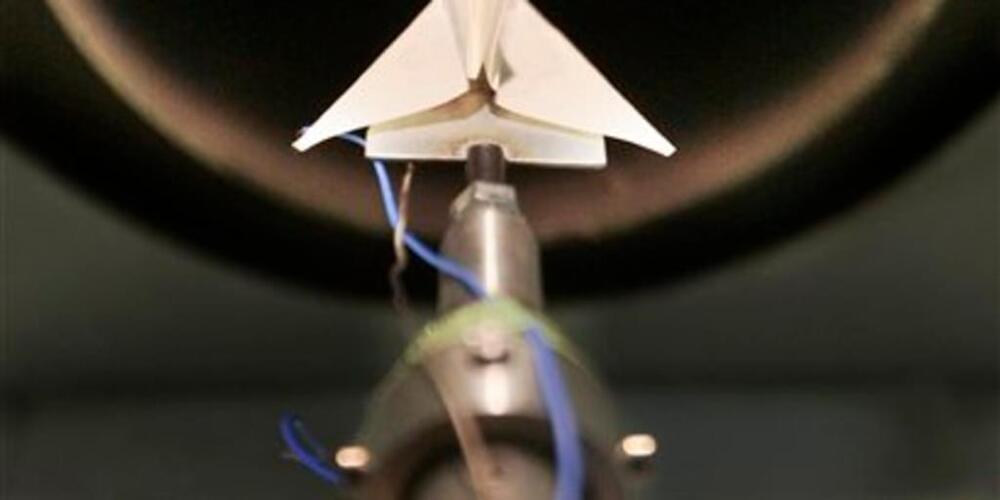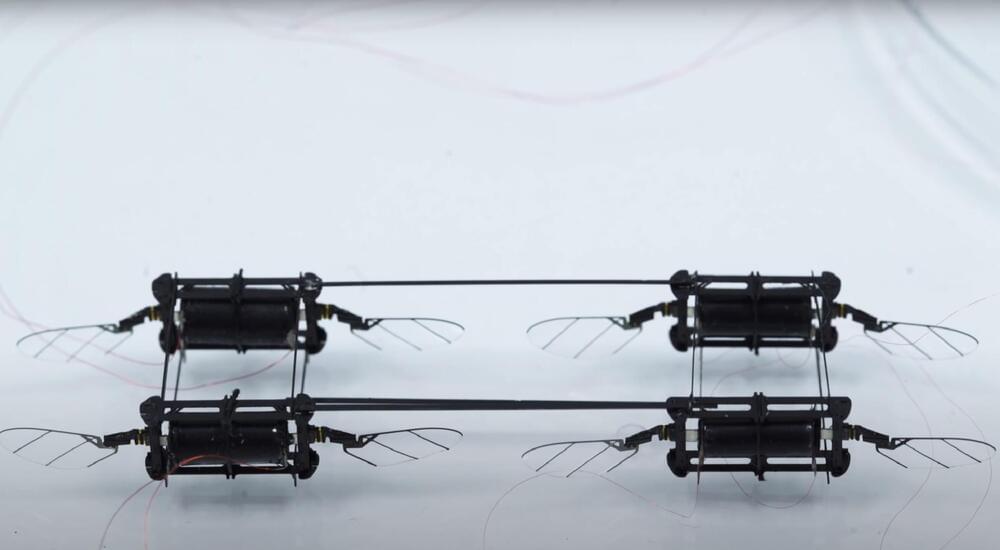As the world is leaving 2021 behind, Germany announced that it will shut down three of its remaining nuclear power plants.
🌱 🤓 This week I helped with the latest experiment going on in the International Space Station plant habitat which cultivates several cotton genotypes. Each of these petri dishes contains undifferentiated masses of cotton cells known as a calli. Cotton is highly resistant to the process of plant regeneration, making it difficult to engineer stable, reproducing plants that have specific or enhanced traits such as drought resistance. The investigation could provide a better understanding of this behavior and could ultimately improve our ability to grow crop plants on Earth and in space.
Photo credit: Mark Vande Hei.
Circa 2008
Japanese scientists and origami masters hope to launch a paper airplane from space and learn from its trip back to Earth.
NASA announced that James Webb telescope course corrections used less fuel than expected, which means Webb can expect to work for more than 10 years.
And as NASA announced Wednesday morning, Webb may get to peer deep into the universe for even longer than expected: Webb used less of its limited supply of propellant during two course-correction thruster burns after launch than expected, and the space agency says it should have enough left over to enable operations “significantly” longer than the expected 10-year mission.
Goodbye 2021, and hello 2022!
Despite the ongoing disruption from COVID-19, many impressive breakthroughs in science and technology occurred this year.
Below we have listed our top 20 most viewed blogs of 2021, in reverse order.
The James Webb just deployed another important instrument — the aft momentum flap — that will keep the telescope steady as it makes its groundbreaking observations.
On December 25th, 2021, astronomers and space exploration enthusiasts got the greatest Christmas present of all! After years of delays, cost overruns, and additional testing, the James Webb Space Telescope (JWST) launched from Europe’s Spaceport in Kourou, French Guiana. In what was a real nail-biter, the Ariane 5 rocket and its precious payload reached orbit without a hitch. But as is so often the case, the deployment of the JWST was just the first in a series of “hurry up and wait” episodes.
Typically, periods of waiting are seeing are accompanied by plenty of worry and doubt. Luckily, there have been several positive developments since the JWST launched that could help alleviate these anxieties. The latest is how the telescope successfully deployed its aft momentum flap, an instrument that will keep the telescope oriented during its mission. The news was announced yesterday (December 30th) via @NASAWebb, NASA’s official Twitter account for the Webb telescope, and the JWST page at NASA Blogs.
According to NASA Blogs, the deployment of the aft momentum flap began at 09:00 AM EST (06:00 AM PST) and lasted about eight minutes. During this time, the mission team released the flap’s hold-down devices while a spring brought the flap into its final position. The purpose of this flap is to maintain the observatory’s orientation to minimize the fuel engineers will need to make corrective adjustments throughout the mission.
Sometimes, good things come in small packages. Extremely tiny packages such as a microrobot that can pollinate fields of crops, help rescue people, and so on. Researchers at MIT (Massachusetts Institute of Technology) are already working on that and they’re making significant progress.
2021 was an eventful year for AI. With the advent of new techniques, robust systems that can understand the relationships not only between words but words and photos, videos, and audio became possible. At the same time, policymakers — growing increasingly wary of AI’s potential harm — proposed rules aimed at mitigating the worst of AI’s effects, including discrimination.
Meanwhile, AI research labs — while signaling their adherence to “responsible AI” — rushed to commercialize their work, either under pressure from corporate parents or investors. But in a bright spot, organizations ranging from the U.S. National Institutes of Standards and Technology (NIST) to the United Nations released guidelines laying the groundwork for more explainable AI, emphasizing the need to move away from “black-box” systems in favor of those whose reasoning is transparent.
As for what 2022 might hold, the renewed focus on data engineering — designing the datasets used to train, test, and benchmark AI systems — that emerged in 2021 seems poised to remain strong. Innovations in AI accelerator hardware are another shoo-in for the year to come, as is a climb in the uptake of AI in the enterprise.
True to CEO Elon Musk’s word, Tesla is expanding its presence in California despite the company officially moving its headquarters to Texas. And amidst this California expansion, Tesla has leased nine acres of land to support its operations in Lathrop — all for a very reasonable price of $1 per year.
As noted in a Manteca Bulletin report, Tesla has been deliberately expanding its footprint in Lathrop since the company came to the city in 2014. During that time, Tesla was hoping to convert an old Mopar distribution center into a manufacturing facility for car parts. Tesla has since expanded its activities in Lathrop, with the company building an 870,000 square foot warehouse in the city. More recently, Tesla also broke ground on an upcoming “Megafactory” for its flagship battery storage unit, the Megapack.
With Tesla poised to employ an estimated 1,500 people working in two shifts at the “Megafactory,” the need for a space where the facility’s employees could park their vehicles while at work arose. With this in mind, the Lathrop City Council voted unanimously last week to lease nine acres of city-owned land to the electric vehicle maker. Tesla is expected to pay for all improvements, infrastructure, and maintenance for the new land, but this would likely be no issue.
A year in review.
This video is sponsored by ResearchHub — https://www.researchhub.com/?ref=eleanorsheeky.
I’ve covered a lot of longevity science research this year so have summarised some of the key highlights here!!! Many breakthroughs & research I couldn’t cover — let me know what your favourite news this year was in the comments!!
Obviously, couldn’t go into as much detail for each topic, but you can find the full length videos in my playlist here: https://youtube.com/playlist?list=PLnLFbRYd2NGEP1VxVkW8-Hy9xix-Y7wur.
Find me on Twitter — https://twitter.com/EleanorSheekey.









